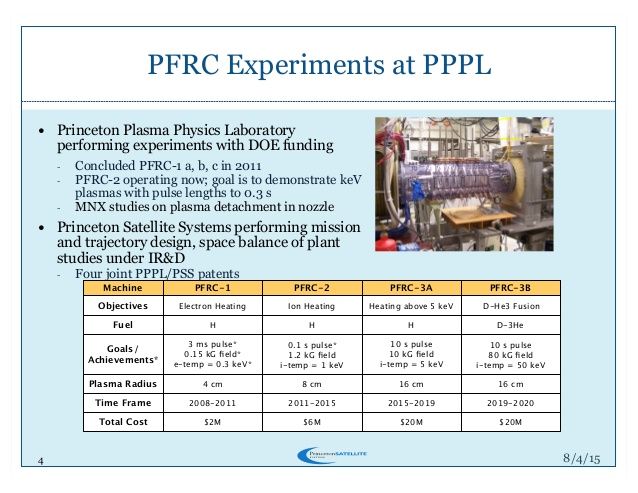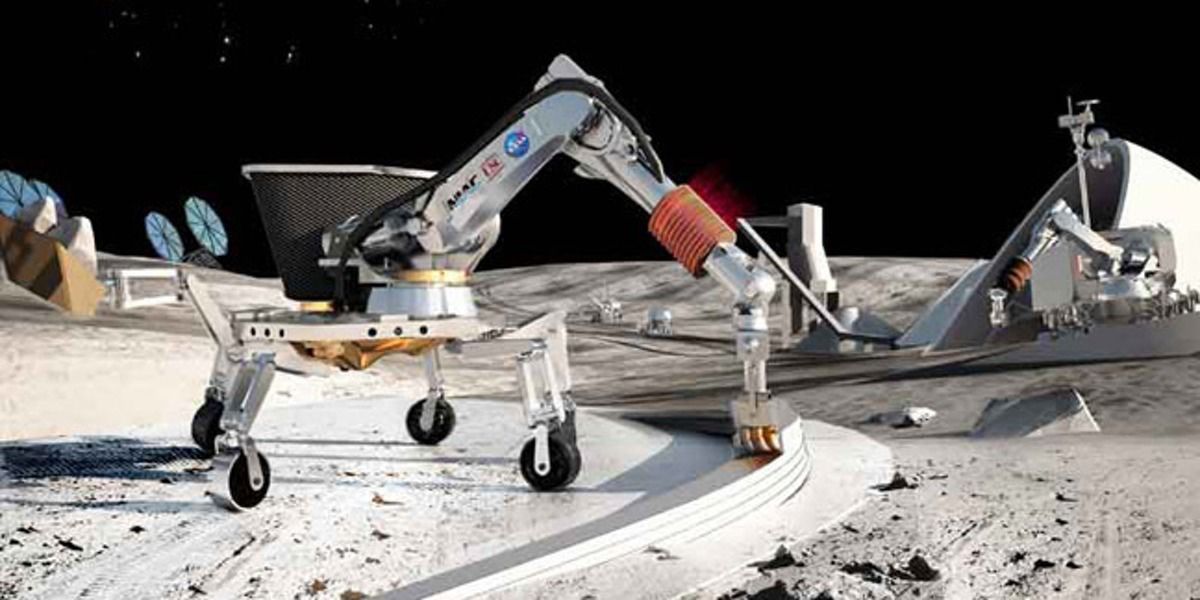Apr 17, 2016
Interesting Energy Animation
Posted by Shailesh Prasad in categories: energy, nanotechnology
Nanotubes can self-assemble to create functional wires.
Research Paper: http://bit.ly/1SdTIVZ
Nanotubes can self-assemble to create functional wires.
Research Paper: http://bit.ly/1SdTIVZ
Been a while since I’ve written a new article. Include my love for the Lifeboat Foundation in it!
Are we alone in the universe? Are we the first to witness the stellar bursts amongst the skies of old? Is it foretold that we were the ones destined for the stars, beginning at the Moon and then Mars? Once driving cars, do we venture far, beyond the horizon of antiquated liveliness, a surreal vibrancy-but-a-tranquillity to the origins of chaos? Without science, these imaginary realities are but dreams shuttered away in the subconscious mind. But, with this magical and logical element of human society, we are gifted with the power to envision the sleeping mind’s abstract impossibilities, transforming them into possible realities… So that we may morph the series of footsteps in waking life.
Like evolution is the guardian of change, time dictates discovery. We advance, and the nuances past become more prevalent; a new precedent set forth in every dedicated shard of time engulfed in the sublime, and rhythmic confines, of the mind. Interlinked by their commonality, the totality of the world’s abilities lays not in the futility of complacency, but in the eulogy of peaceful unity. Once we as species see the far reaches of harnessing all pieces of this puzzle [that is the international intellect], each passing day will become more perfect.
California Polytechnic State University researchers propose a system capable of probing the molecular composition of cold solar system targets such as asteroids, comets, planets and moons from a distant vantage.
Their concept utilizes a directed energy beam to vaporize or sublimate a spot on a distant target, such as from a spacecraft near the object. With sufficient flux, our published results indicate that the spot temperature rises rapidly, and evaporation of materials on the target surface occurs (Hughes et al., 2015; Lubin and Hughes, 2015; Lubin et al., 2014). The melted spot serves as a high-temperature blackbody source, and ejected material creates a molecular plume in front of the spot. Molecular and atomic absorption of the blackbody radiation occurs within the ejected plume. Bulk composition of the surface material is investigated by using a spectrometer to view the heated spot through the ejected material. They envision a spacecraft that could be sent to probe the composition of a target asteroid, comet or other planetary body while orbiting the targeted object. The spacecraft would be equipped with an array of lasers and a spectrometer, powered by photovoltaics. Spatial composition maps could be created by scanning the directed energy beam across the surface. Applying the laser beam to a single spot continuously produces a borehole, and shallow sub-surface composition profiling is also possible.
Their initial simulations of laser heating, plume opacity, material absorption profiles and spectral detectivity show promise for molecular composition analysis. Such a system has compelling potential benefit for solar system exploration by establishing the capability to directly interrogate the bulk composition of objects from a distant vantage. They propose to develop models, execute preliminary feasibility analysis, and specify a spacecraft system architecture for a hypothetical mission that seeks to perform surface molecular composition analysis and mapping of a near-earth asteroid (NEA) while the craft orbits the asteroid.
Scientists say recent advances in laser propulsion technology could make it possible for spacecrafts to reach Mars in as little as 3 days using photon propulsion.
The concept was shared by Philip Lubin, a physics professor at the University of California, Santa Barbara at the NASA Innovative Advanced Concepts (NIAC) symposium. Ultimately, the method seeks to place an ultra-powerful laser in Earth’s orbit, that would use photon pressure to power a “sail-equipped” spacecraft. [ESA To Build “Moon Village” by 2030].

The Direct Fusion Drive (DFD) concept provides game-changing propulsion and power capabilities that would revolutionize interplanetary travel. DFD is based on the Princeton Field-Reversed Configuration (PFRC) fusion reactor under development at the Princeton Plasma Physics Laboratory. The mission context we are proposing is delivery of a Pluto orbiter with a lander. The key objective of the proposal is to determine the feasibility of the proposed Pluto spacecraft using improved engine models. DFD provides high thrust to allow for reasonable transit times to Pluto while delivering substantial mass to orbit: 1000 kg delivered in 4 to 6 years. Since DFD provides power as well as propulsion in one integrated device, it will also provide as much as 2 MW of power to the payloads upon arrival. This enables high-bandwidth communication, powering of the lander from orbit, and radically expanded options for instrument design. The data acquired by New Horizons’ recent Pluto flyby is just a tiny fraction of the scientific data that could be generated from an orbiter and lander. We have evaluated the Pluto mission concept using the Lambert algorithm for maneuvers with rough estimates of the engine thrust and power. The acceleration times are sufficiently short for the Lambert approximation, i.e. impulsive burns, to have some validity. We have used fusion scaling laws to estimate the total mission mass and show that it would fit within the envelope of a Delta IV Heavy launch vehicle. Estimates of the amount of Helium 3 required to fuel the reactor are within available terrestrial stores.

The human brain was initially used for basic survival tasks, such as staying safe and hunting and gathering. Yet, 200,000 years later, the same human brain is able to learn abstract concepts, like momentum, energy and gravity, which have only been formally defined in the last few centuries.
New research from Carnegie Mellon University has now uncovered how the brain is able to acquire brand new types of ideas. Published in Psychological Science, scientists Robert Mason and Marcel Just used neural-decoding techniques developed at CMU to identify specific physics concepts that advanced students recalled when prompted. The brain activation patterns while thinking about the physics concepts indicated that all of the students’ brains used the ancient brain systems the same way, and the patterns revealed how the new knowledge was formed — by repurposing existing neural systems.
The findings could be used to improve science instruction.
Another pre-Quantum Computing interim solution for super computing. So, we have this as well as Nvidia’s GPU. Wonder who else?
In summer 2015, US president Barack Obama signed an order intended to provide the country with an exascale supercomputer by 2025. The machine would be 30 times more powerful than today’s leading system: China’s Tianhe-2. Based on extrapolations of existing electronic technology, such a machine would draw close to 0.5GW – the entire output of a typical nuclear plant. It brings into question the sustainability of continuing down the same path for gains in computing.
One way to reduce the energy cost would be to move to optical interconnect. In his keynote at OFC in March 2016, Professor Yasuhiko Arakawa of University of Tokyo said high performance computing (HPC) will need optical chip to chip communication to provide the data bandwidth for future supercomputers. But digital processing itself presents a problem as designers try to deal with issues such as dark silicon – the need to disable large portions of a multibillion transistor processor at any one time to prevent it from overheating. Photonics may have an answer there as well.
Continue reading “Can optical technology solve the high performance computing energy conundrum?” »
Three months after a Department of Homeland Security intelligence report downplayed the threat of a cyber attack against the U.S. electrical grid, DHS and the FBI began a nationwide program warning of the dangers faced by U.S. utilities from damaging cyber attacks like the recent hacking against Ukraine’s power grid.
The nationwide campaign by DHS and the FBI began March 31 and includes 12 briefings and online webinars for electrical power infrastructure companies and others involved in security, with sessions in eight U.S. cities, including a session next week in Washington.
The unclassified briefings are titled “Ukraine Cyber Attack: Implications for U.S. Stakeholders,” and are based on work with the Ukrainian government in the aftermath of the Dec. 23 cyber attack against the Ukrainian power infrastructure.

When Khoshnevis imagines the future of colonies on Mars, he imagines very tall buildings, with a lot of protection from the elements.
“Gravity is one third of Earth’s, and therefore with less construction material we can build stronger structures out there, therefore we can build much taller,” he says. “The cost of energy for elevators and all that will be much less. Theoretically everything could be three times as high as here with the same consumption of energy,” he says.
Continue reading “Meet Behrokh Khoshnevis, the Man Designing Robots to Build Colonies on Mars” »

“Virtually all new fossil fuel-burning power-generation capacity will end up “stranded”. This is the argument of a paper by academics at Oxford university. We have grown used to the idea that it will be impossible to burn a large portion of estimated reserves of fossil fuels if the likely rise in global mean temperatures is to be kept below 2C. But fuels are not the only assets that might be stranded. A similar logic can be applied to parts of the capital stock.”
